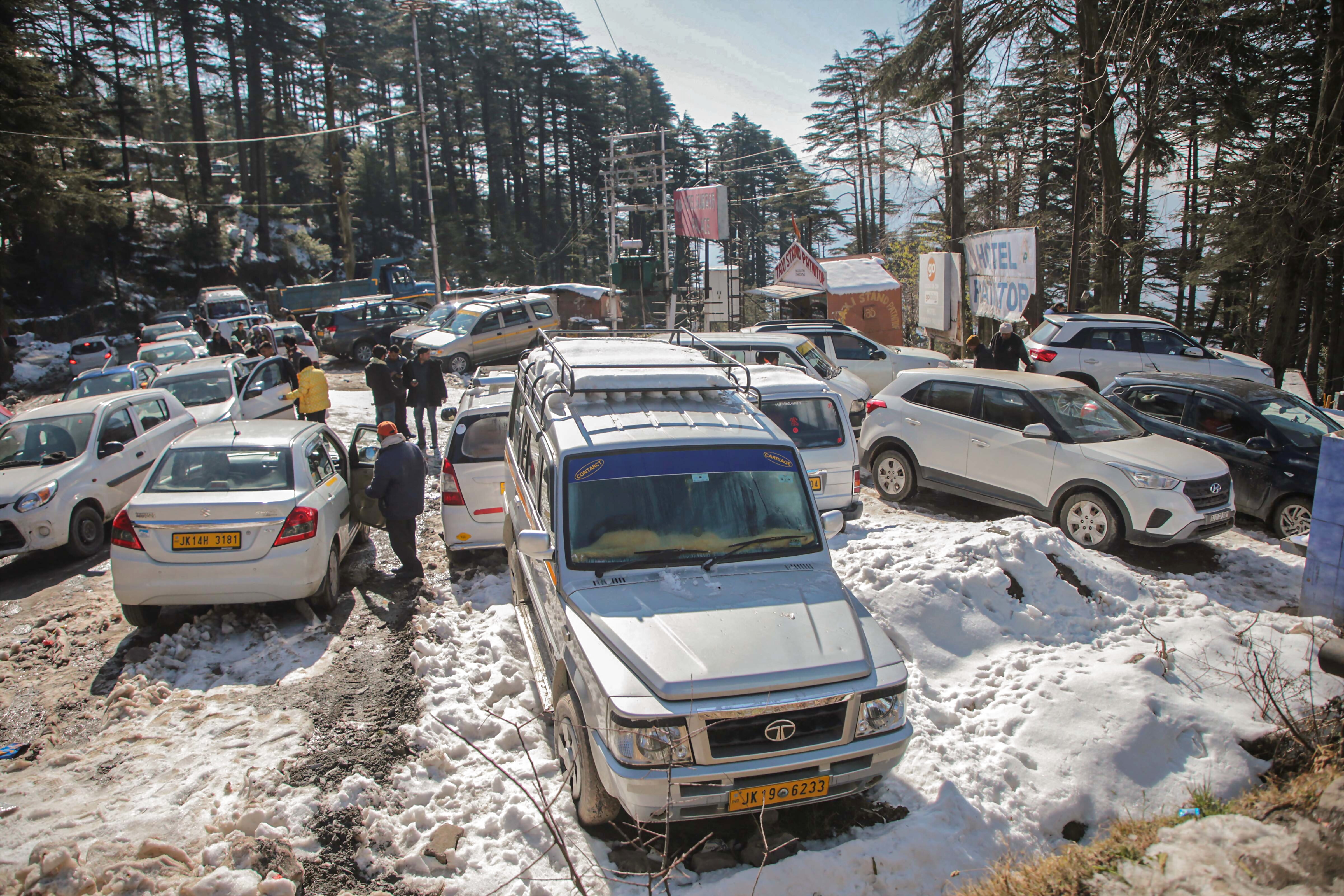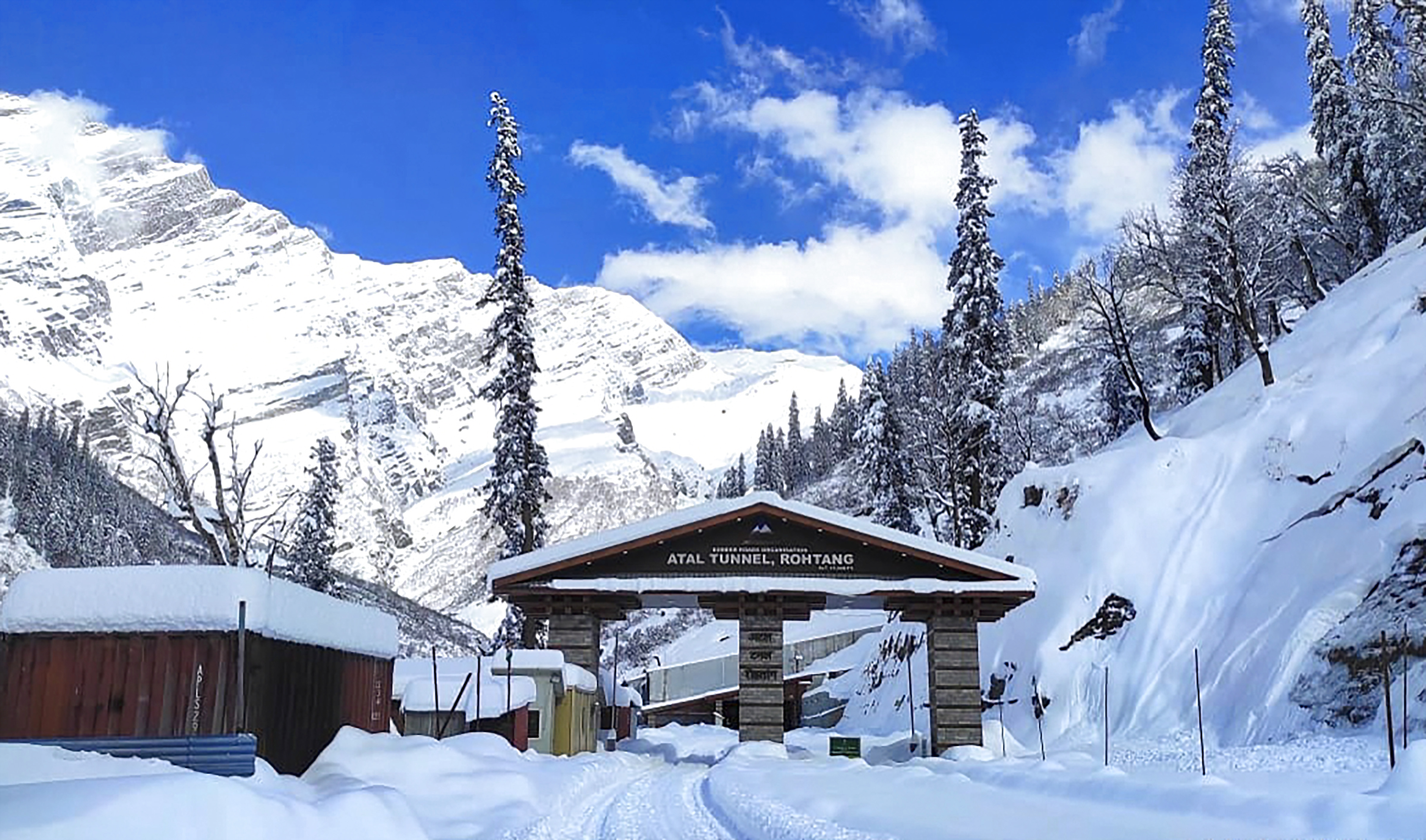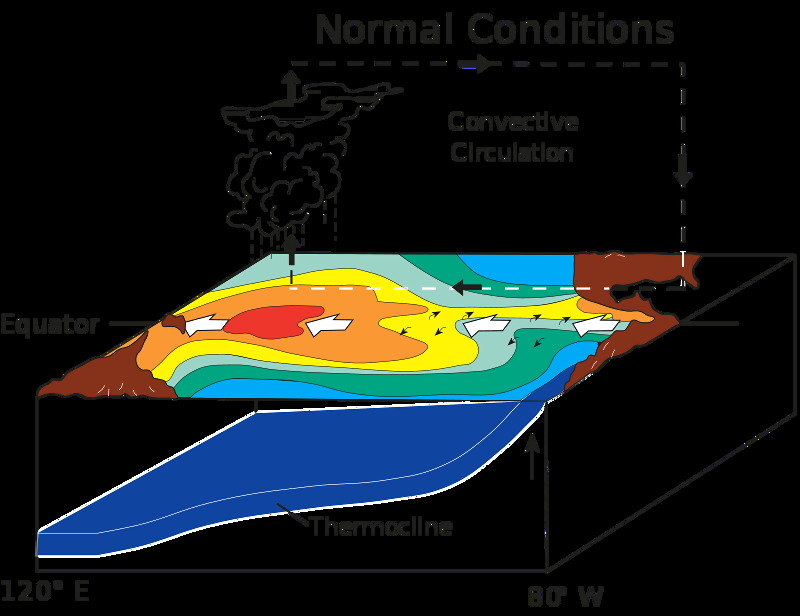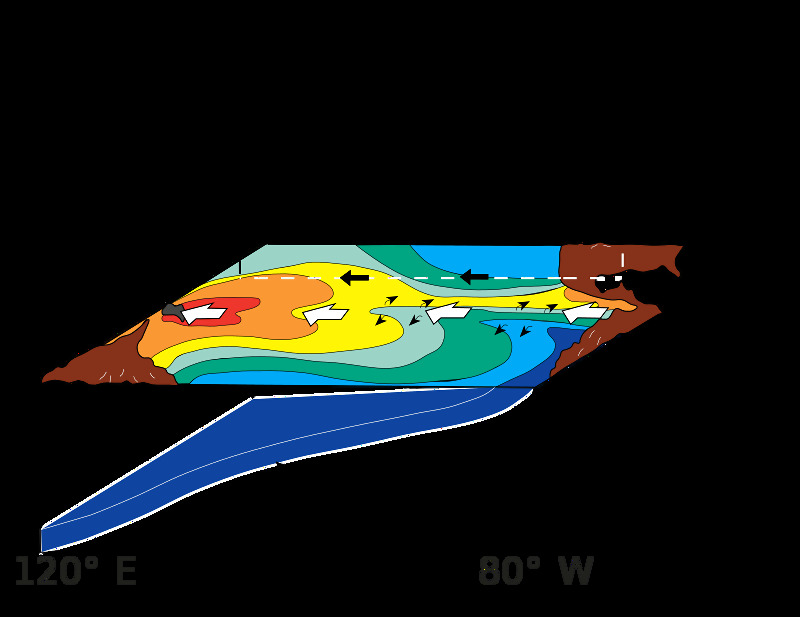
views
Shimla saw its first snowfall of the season on Sunday. The weather department said some areas of the city received up to 6 cm of snow, while the majority of other areas received rain. Kufri and Narkanda, two nearby hill stations, received 12 cm and 16 cm of snow, respectively. Thousands of tourists descended on Kufri to enjoy the snowfall.
Jammu and Kashmir too received snowfall. However, the meteorological office has said the weather will remain mainly dry across the region till January 18.

There will be a further decrease in the night temperature till that time. Fresh western disturbances are likely to affect J-K from January 19 to 25. Light to moderate rain or snow is likely between January 23 and 24, it said.
Kashmir is currently under the grip of ‘Chillai Kalan’, the 40-day harshest weather period when the chances of snowfall are maximum and most frequent. And North India is currently in the clutches of a cold wave with regions Delhi, Haryana and Punjab experiencing punishing winter temperatures.
While tourists are rejoicing the weather and snowfall, experts agree that the snowfall onset and average amount has been less this season so far. Why is this? News18 explains:
What Experts Say:
Talking about snowfall in the Jammu and Kashmir region this season, weather forecaster and meteorologist Mohammad Hussain Mir from the IMD told News18 that climate variability always exists due to global wind patterns which is why there can be slight delays or early onsets of snow and rain during the winter season.
“In the last three years, we were seeing snowfall’s onset from November. This time, it has come a in December (which was usually it’s normal timing) and the average snowfall has been less than usual,” Mir said.

This, he said, was because of shift in global wind patterns, which caused climate variability. “The wind pattern won’t be the same throughout the globe, causing variability. The subtropical Westerly jetstream‘s mean height (above the ground level) is about 10-12 km. It’s usual position is 28 degree north (Delhi region), but this year it was 30-34 degree north, causing the delay, as it is the main source of rain and snow,” he explained.
On the forecast for snowfall in the region, Mir said, that presently, the sub-tropical westerly jet stream was exactly at 28 degrees north, which would result in increased snowfall by January 22 to January 24.
Uttarakhand has seen the same pattern of delayed snowfall and lesser than average precipitation. Scientist Rohit Thapliyal from the IMD department explained to News18 that this too, was due to no strong western disturbance. “Even the ones that came passed through the north region, like Jammu and Kashmir, and Himachal, and this causes a drop in moisture dragging from the Arabian sea,” he said.
Talking about the forecast, he said a western disturbance was forming around January 18, which would cause light snowfall over the higher reaches of Uttarakhand like Uttarkashi, Chamoli, etc. and fog towards the plain regions.
To understand this better, let’s learn what a western disturbance is.
What is a Western Disturbance?
A western disturbance is an extratropical storm that forms in the Mediterranean region and brings heavy winter rain to the northern Indian subcontinent, extending as far east as northern Bangladesh and south-eastern Nepal.
The westerlies are driving a non-monsoonal precipitation pattern. The moisture in these storms typically originates over the Mediterranean, Caspian, and Black Seas. Extratropical storms are a global phenomenon that carry moisture in the upper atmosphere, as opposed to tropical storms, which carry moisture in the lower atmosphere.
When a storm system encounters the Himalayas, moisture is sometimes shed as rain on the Indian subcontinent. During the winter, western disturbances become more frequent and stronger.
Is There a Climate Change Link to This?
The India Meteorological Department reported on Wednesday that 2022 was the warmest December in 122 years, a report by Hindustan Times said.
There was no cold wave, cold day, or dense fog over northern and central India until December 15. A cold wave spell began on December 18 over northwest India (particularly Punjab, Haryana, Chandigarh, and Delhi, as well as north Rajasthan), and cold days began on December 21.

M Mohapatra, director general, IMD told Hindustan Times that this was mainly because no strong western disturbances impacted the northwest region which mainly causes a drop in temperatures in winter.
This caused temperatures to remain above normal through the month. “Moreover, rainfall was confined to Tamil Nadu and Kerala, there was deficient rainfall over most parts of the country leading to high day temperatures,” he said.
The report said that according to experts high winter temperatures in a La Nina year was unusual. “Northerlies were missing due to weak western disturbance activity. But climate change definitely has a role to play in raising average temperatures. We have now started seeing record breaking temperatures even in La Nina years,” said OP Sreejith, head, climate monitoring and prediction group, IMD, Pune told Hindustan Times.
M Rajeevan, climate scientist and former secretary, ministry of earth sciences was quoted as saying in the report that despite it being a La Nina year, Europe was experiencing a heat wave, and had recorded abnormally high temperatures.
“Our December data shows the same. Global warming has weakened the impact of La Nina. We need to analyse what caused the spike in temperature in December but the overall records can be linked to climate change most certainly,” he said.
What are La Nina and El Nino?
According to a National Geographic, La Nina is a climate pattern that describes the cooling of surface-ocean waters along South America’s tropical west coast. La Nina is thought to be the polar opposite of El Nino, which is characterised by unusually warm ocean temperatures in the Pacific Ocean’s equatorial region.


La Nina and El Nio are the “cold” (La Nina) and “warm” (El Nino) phases of the El Nino-Southern Oscillation, respectively (ENSO). ENSO is a grouping of weather and ocean-related phenomena and is distinguished by changes in atmospheric pressure as well as unusually warm or cool sea-surface temperatures.
La Nina events occasionally occur after El Nino events, which occur at irregular intervals of about two to seven years. The local effects of La Nina (“little girl” in Spanish) on weather are generally the inverse of those associated with El Nino (“little boy” in Spanish). As a result, La Nina is also known as anti-El Nino and El Viejo (the old man in Spanish).
It Was a La Nina Year, So How Does it Affect India?
The World Meteorological Organization predicted earlier in 2022 that the century’s first “triple dip” La Nina would occur over three consecutive northern hemisphere winters. Meteorology centres around the world have confirmed that we are currently in one.
A triple dip La Nina has only been observed three times since 1950.
La Nina is distinguished by lower-than-average air pressure over the western Pacific. These low-pressure areas help to increase rainfall. Rainfall associated with the summer monsoon tends to be higher than usual in Southeast Asia, particularly in northwest India and Bangladesh. This benefits the Indian economy in general, as agriculture and industry rely on the monsoon, National Geographic explains in its report.
However, despite the ‘cooling’ effect of La Nina, India experienced a warm December, which experts flagged as worrying. And according to a new study, as reported by the Hindu, climate change will have a significant impact on El Nino-La Nina weather patterns by 2030, a decade earlier than previously predicted and four decades earlier than the suggested timeline without separating the two regimes. This is expected to cause additional global climate disruptions.
Read all the Latest Explainers here


















Comments
0 comment